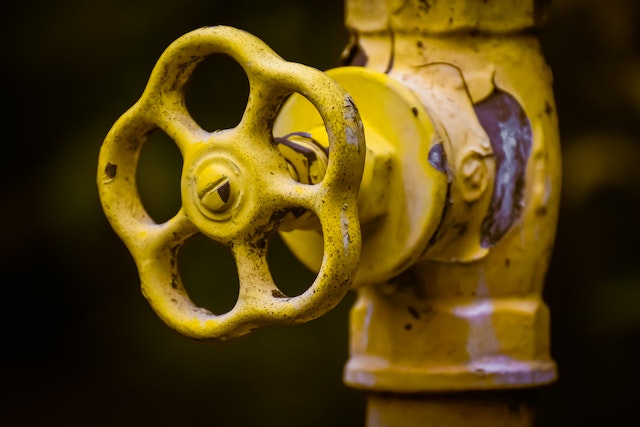A Chilling Problem: Frozen Drain Pipes
Frozen drain pipes can be a nightmare, causing unexpected flooding and costly repairs. As temperatures plummet, water within pipes can freeze, expanding and blocking the flow. This can lead to backed-up sinks, showers, and toilets, making it crucial to address the issue swiftly.
Image: elizabethbaddeley.blogspot.com
Understanding Frozen Drain Pipes
When water freezes, it expands by about 10%, creating pressure that can burst pipes if not released. Frozen drain pipes are often found in uninsulated areas of homes, such as basements, crawl spaces, or exterior walls. Homes located in cold climates or during extended periods of freezing weather are particularly susceptible.
Step-by-Step Guide to Thawing Frozen Drain Pipes
1. Locate the Frozen Pipe
Identify the specific drain with problems. Inspect areas where pipes are exposed to cold, such as basements, crawl spaces, or uninsulated walls. Feel along the pipes for cold spots or visible ice buildup.

Image: raytheplumber.com
2. Apply Heat Safely
Gently apply heat to the frozen section of the pipe using a heat source like a hair dryer, space heater, or heating pad. Move the heat source along the pipe, never leaving it focused on one spot for too long to prevent damage.
3. Use Warm Towels or Hot Water Bottles
Wrap warm towels or hot water bottles around the frozen pipe. This will gradually transfer heat and help melt the ice within.
4. Open the Faucet
Partially open the nearest faucet closest to the frozen pipe. As the ice within the pipe melts, water will begin to flow. Running water helps prevent the pipe from refreezing.
5. Check for Leaks
After the ice has melted, carefully inspect the entire pipe for any signs of leaks. Repair any leaks promptly to prevent further damage.
Can I Prevent Frozen Drain Pipes in the Future?
Yes, there are proactive steps you can take to prevent frozen drain pipes:
1. Insulate Pipes
Insulate exposed pipes in areas prone to cold temperatures, such as basements, crawl spaces, or exterior walls. Use foam insulation or heat tape specifically designed for pipes.
2. Seal Entry Points
Seal any cracks or gaps around pipes where cold air can enter. Use caulk or weatherstripping to close off these areas.
3. Open Cabinet Doors
During cold snaps, open cabinet doors to allow warm air to circulate around pipes inside kitchen and bathroom cabinets.
4. Trickle Hot Water
In extreme cold, let a small trickle of hot water run from faucets overnight to prevent freezing.
Frequently Asked Questions
Q: Can I use a torch to thaw a frozen pipe?
A: No, never use an open flame on a frozen pipe. This can cause the pipe to burst or start a fire.
Q: What if I can’t locate the frozen pipe?
A: If you can’t find the frozen pipe, call a licensed plumber to diagnose and fix the issue professionally.
Q: Can I pour salt down the drain to thaw a pipe?
A: No, pouring salt down the drain is not effective for thawing frozen pipes. It can damage the pipes or clog the drain.
How To Fix A Frozen Drain Pipe
Conclusion
Frozen drain pipes can be an inconvenience, but with the right techniques and precautions, you can prevent them from becoming a significant problem. Use this comprehensive guide when dealing with a frozen pipe, and remember that prevention is always better than cure. Reach out to a qualified plumber if you have any doubts or if the problem persists.
Are frozen drain pipes a concern for your home? Let us know in the comments below!